Cable-Free Charging Tables: How Qi Inserts Transform Your Home Furniture Experience
Table Of Contents
In today's connected world, our reliance on electronic devices has made charging cables a necessary but unsightly part of our home environment. Tangled cords sprawling across tables not only create visual clutter but also interrupt the clean, thoughtful design of your carefully curated living space. Enter Qi charging technology – the elegant solution that's revolutionizing how we interact with our furniture.
Cable-free charging tables with integrated Qi inserts represent the perfect marriage between functionality and aesthetics. These innovative pieces allow you to simply place your compatible smartphone or device on a designated spot on your table's surface to begin charging – no cables required. As Singapore's home interiors continue to embrace smart technology integration, furniture that serves multiple purposes while maintaining clean lines and minimalist appeal has become increasingly sought-after.
In this comprehensive guide, we'll explore how Qi charging inserts work, the benefits they offer to modern homeowners, and how you can incorporate this technology into various table styles – from dining tables and coffee tables to side tables and study desks. Whether you're redesigning your home or simply looking to upgrade your furniture with practical technology, understanding wireless charging furniture options will help you make informed decisions for a more streamlined living environment.
Cable-Free Charging Tables
How Qi Inserts Transform Your Home Furniture
What is Qi Charging Technology?
Qi (pronounced "chee") uses electromagnetic induction to wirelessly transfer power between compatible devices. No cables or physical connectors needed – just place your device on the charging surface.
Compatible with most modern smartphones including Apple iPhone 8+, Samsung Galaxy, Google Pixel
How Qi Charging Tables Work
Transmitter Module
Contains charging coil and control circuitry installed under table surface
Surface Integration
Works through non-metallic surfaces up to 8mm thick (wood, glass, stone)
Device Placement
Simply place compatible phone on the marked charging spot
Key Benefits
Aesthetic Enhancement
Eliminates unsightly cable clutter, maintaining clean design lines
Effortless Convenience
No more hunting for cables – just set your device down to charge
Device Protection
Reduces wear on charging ports from frequent cable connections
Universal Compatibility
Works with iPhones, Samsung, Google Pixel and other Qi-enabled devices
Table Types Compatible with Qi Charging
Coffee Tables
Side Tables
Dining Tables
Study Desks
Did You Know?
- Qi charging works at distances up to 8mm, allowing seamless integration into various furniture pieces
- Modern Qi chargers include safety features like temperature monitoring and foreign object detection
- You can retrofit existing tables with aftermarket Qi inserts through a relatively simple DIY process
Experience Cable-Free Living
Transform your home with Loft Home Furniture's collection of stylish tables with integrated Qi charging technology.
Explore Our CollectionLoft Home Furniture — Designer Aesthetics Without The Premium Price Tag
Understanding Qi Charging Technology
Qi (pronounced "chee") is the global standard for wireless charging technology. Named after the Chinese concept of energy flow, this technology enables power transfer between compatible devices through electromagnetic induction. The Qi standard was developed by the Wireless Power Consortium (WPC), an organization comprising over 500 companies worldwide, ensuring compatibility across different device manufacturers.
At its core, Qi charging works through a process called electromagnetic induction. When a Qi-enabled device (such as a smartphone) is placed on a Qi charging surface, the transmitter coil in the charger creates an oscillating electromagnetic field. This field induces an electrical current in the receiver coil inside your device, which is then converted into direct current (DC) to charge the battery. This contactless energy transfer eliminates the need for physical connectors and cables.
Most modern smartphones now come with built-in Qi compatibility, including Apple iPhones (8 and newer), Samsung Galaxy models, Google Pixel phones, and many other Android devices. For older devices without built-in Qi capabilities, adapters are available that can be attached to enable wireless charging.
The latest Qi standard supports charging speeds up to 15 watts for compatible devices, though actual charging rates will vary depending on both the charging pad and the receiving device specifications. This provides charging speeds comparable to many standard wired chargers, making it a practical alternative for daily use.
How Qi Charging Inserts Work in Tables
Qi charging inserts are specially designed units that can be integrated into furniture surfaces to provide wireless charging functionality. When incorporated into tables, these inserts create designated charging spots that blend seamlessly with the table's design while providing all the benefits of wireless charging technology.
The typical components of a Qi charging insert include:
Transmitter Module: The heart of the system, containing the charging coil and control circuitry that generates the electromagnetic field.
Power Supply: Connects to a standard electrical outlet and converts AC power to the appropriate DC voltage for the transmitter.
Mounting Hardware: Allows the insert to be securely attached to or embedded within the table surface.
Surface Marker: Often a subtle indicator (like a small symbol or LED light) showing where to place devices for optimal charging alignment.
Furniture manufacturers typically install these inserts in one of two ways:
Surface-Mounted Installation: The charging unit is attached to the underside of the table surface, with only a thin layer of material (typically 5-8mm) between the charging coil and the tabletop. This method works well with materials like wood, glass, or thin stone surfaces. The transmitter's electromagnetic field can easily penetrate these materials to reach devices placed on the table surface.
Flush Installation: The table surface is partially recessed to accommodate the charging insert, creating a completely level surface or one with a very slight indentation to indicate the charging area. This installation type is common in higher-end furniture pieces where aesthetics are particularly important.
For the system to work effectively, the table material and thickness are critical factors. Most Qi inserts work efficiently through surfaces up to 8mm thick, though specialized high-power versions can transmit through slightly thicker materials. Materials that are conductive (like solid metal tabletops) can interfere with the charging field and are generally not compatible with wireless charging technology without special adaptations.
Benefits of Cable-Free Charging Furniture
Integrating wireless charging capability into your furniture offers numerous advantages beyond the obvious elimination of cable clutter:
Aesthetic Enhancement: Without charging cables snaking across surfaces, your tables and living spaces maintain their clean, intentional design aesthetic. This is particularly beneficial in carefully designed interiors where every element has been thoughtfully selected.
Convenience: Simply place your device on the designated charging spot – no need to hunt for cables or plug anything in. This frictionless experience becomes particularly valuable in busy households or when entertaining guests who may need a quick battery boost.
Reduced Wear and Tear on Devices: Frequent plugging and unplugging of charging cables can cause wear on your device's charging port. Wireless charging eliminates this mechanical stress, potentially extending your device's lifespan.
Universal Compatibility: A single Qi charging spot can service multiple compatible devices from different manufacturers. Whether family members use iPhones, Samsung devices, or other Qi-enabled gadgets, everyone can use the same charging spot.
Future-Proofing: As wireless charging becomes increasingly standard in consumer electronics, furniture with integrated charging capability remains relevant and functional for years to come, adding lasting value to your investment.
Space Efficiency: Particularly beneficial in compact Singapore apartments, wireless charging furniture eliminates the need for dedicated charging stations or multiple wall adapters, freeing up valuable counter and outlet space.
Conversation Starter: Subtly integrated technology in furniture often becomes an interesting talking point when entertaining guests, highlighting your home's thoughtful blend of functionality and design.
Types of Tables Compatible with Qi Inserts
Wireless charging technology can be incorporated into virtually any type of table, provided the material and thickness are compatible with the Qi charging system. Here are some popular table types that work exceptionally well with integrated charging:
Coffee Tables: Perhaps the most logical location for wireless charging, coffee tables serve as central hubs in living rooms where people naturally place their phones. Models with Qi inserts typically feature one or more designated charging spots, often indicated by subtle markers on the surface. The convenience of being able to charge while relaxing on your sofa makes these particularly popular.
Side Tables: Compact and versatile, side tables with integrated charging are perfect for bedrooms or as sofa companions. These allow you to charge your device overnight without the tangle of cables on your nightstand, or keep your phone powered while relaxing with a book.
Dining Tables: For families who gather around the dining table not just for meals but for work and socializing, charging-enabled dining tables offer practical functionality. Strategic placement of charging spots ensures devices can power up without dominating the dining experience.
Study Tables and Desks: Productivity-focused furniture benefits greatly from integrated charging. Modern study tables can feature multiple technology integrations, including Qi charging spots, built-in USB ports, and cable management systems to create an organized, efficient workspace.
Console Tables: Often placed in entryways or behind sofas, console tables with Qi charging create perfect drop zones for keys, wallets, and phones when entering your home. This convenient location encourages family members to charge their devices regularly.
Multi-functional Tables: Some innovative designs incorporate charging capability into adjustable height tables, extendable surfaces, or modular furniture systems that can adapt to different needs throughout the day.
When selecting a table with integrated Qi charging for your home, consider both the material and thickness of the table surface. While most Qi transmitters work effectively through wood, glass, plastic, and certain stones, metal surfaces can interfere with the charging field. At Loft Home Furniture, our curated selection includes options with compatible materials and optimized thicknesses to ensure reliable charging performance while maintaining superior design aesthetics.
Installation and Setup Guide
If you're considering adding wireless charging capability to an existing table rather than purchasing a new piece with built-in functionality, the installation process is more straightforward than you might expect. Here's a comprehensive guide to retrofitting your favorite table with Qi charging technology:
Materials Required
Before beginning installation, gather the following items:
- A Qi charging insert/module (available from electronics retailers and online marketplaces)
- Power drill with appropriate bits
- Hole saw attachment sized to match your charger diameter
- Pencil and measuring tape
- Sandpaper (fine grit)
- Clear silicone adhesive
- Cable management clips
- Power extension cord (if needed)
Step-by-Step Installation Process
1. Table Assessment: First, ensure your table is compatible with wireless charging. The surface material should be non-metallic and ideally no thicker than 8mm at the installation point. Wood, glass, plastic, and certain stone surfaces work well, while metal tables or those with metal reinforcements at the installation point may interfere with the charging field.
2. Select the Optimal Location: Choose where you want the charging spot to be. Consider both practical use (where would you naturally place your phone?) and aesthetic impact. Also verify that this location has access to a power source. For dining or coffee tables, positions near the edge are often more convenient than center placements.
3. Mark and Measure: Place your Qi charging module upside down on the chosen spot and trace its outline. For most installations, you'll need to create a cavity for the charger to sit flush with the underside of the table surface.
4. Create the Installation Cavity: Using your drill with the appropriate hole saw attachment, carefully create a hole slightly larger than your charging module. The depth should allow the top of the module to sit flush against the underside of the table surface. Work slowly and carefully to avoid damaging the table surface.
5. Sand and Clean: Smooth any rough edges with fine-grit sandpaper and thoroughly clean the area to remove all dust and debris.
6. Install the Charger: Apply a thin bead of clear silicone adhesive around the edge of the cavity, then press the charging module into place with the charging surface facing the underside of the table top. Ensure it's perfectly flush and centered in the cavity.
7. Cable Management: Run the power cable neatly along the underside of the table, securing it with cable management clips to prevent dangling wires. Direct the cable toward the nearest power outlet location.
8. Mark the Charging Spot: Create a subtle indicator on the table surface to show users where to place their devices. This could be as simple as a small sticker, a carved symbol, or even an elegant inlay depending on your table's design and your personal aesthetic preferences.
9. Test the System: Once the adhesive has fully dried according to manufacturer instructions, connect the charger to power and test with a compatible device. Place your phone on the marked spot and confirm that charging begins correctly.
For those less inclined toward DIY projects, professional installation services are available, or you might consider exploring Loft Home Furniture's selection of tables with pre-installed Qi charging capability, offering the perfect blend of technology and design without any installation concerns.
Design Considerations for Wireless Charging Tables
When selecting or designing a table with wireless charging capabilities, several aesthetic and functional considerations come into play to ensure the technology enhances rather than detracts from your interior design:
Subtle Integration: The most elegant implementations of wireless charging technology are those that remain nearly invisible until needed. Look for designs where charging spots are indicated with minimal markings or subtle material changes rather than obvious technological elements.
Material Selection: The table's material affects both the functionality of the charging system and the overall aesthetic. While wood offers warmth and natural beauty, glass provides a contemporary look and excellent charging efficiency. Sintered stone tables offer exceptional durability with a luxury appearance, though thickness must be carefully controlled at charging points.
Multi-functionality: The best charging tables serve their primary function beautifully while offering charging as a secondary benefit. A stunning dining table that happens to charge your phone is more successful than a design where the technology dominates the form.
Charging Zone Placement: Strategic positioning of charging areas enhances usability. For coffee tables, off-center placement leaves space for décor or beverages. For desks, positioning near where you would naturally place your phone creates intuitive use patterns.
LED Indicators: Many charging inserts feature subtle LED lights to indicate when charging is active. Consider whether these lights complement or distract from your interior design, and select models where indicators can be dimmed or disabled if preferred.
Style Coordination: Your charging table should complement your overall interior design direction. Whether you prefer Scandinavian minimalism, industrial chic, or contemporary elegance, there are wireless charging options that align with these aesthetic directions.
For Singapore homes where space efficiency is paramount, modular tables or those with integrated storage can combine wireless charging with other practical features, maximizing functionality without sacrificing style. The goal is always to enhance your living experience through thoughtful technology integration that complements rather than competes with your interior design vision.
Frequently Asked Questions
Will Qi charging work through all table materials?
No, not all materials are compatible with wireless charging. Non-metallic materials like wood, glass, plastic, and certain stones work well as long as they're not too thick (generally under 8mm at the charging point). Metal surfaces block the electromagnetic field and prevent charging. Some materials like marble can work but may require specially calibrated high-power charging inserts due to their density.
Is wireless charging as fast as wired charging?
Standard Qi wireless charging typically delivers power at 5-15 watts, comparable to many standard wired chargers. This provides efficient charging for daily use, though it may be slightly slower than the fastest wired charging options available for some device models. The convenience of cable-free charging often outweighs any minor difference in charging speed for most users.
Will wireless charging damage my phone battery?
Quality Qi chargers are designed with multiple safety features to protect your devices. They include temperature monitoring, foreign object detection, and power management systems that prevent overcharging. When using certified Qi chargers, wireless charging is just as safe for your battery as standard wired charging.
Can I add wireless charging to my existing furniture?
Yes, aftermarket Qi charging inserts can be installed in most compatible tables. The installation process involves creating a cavity in the underside of your table surface for the charging module. This DIY project is moderately simple but requires basic tools and careful measurement. For valuable or antique furniture, professional installation is recommended.
How do I know where to place my phone on the table?
Most charging-enabled tables feature subtle indicators showing the optimal device placement. These might include small symbols, slight indentations, or material changes on the surface. Some higher-end models include LED indicators that illuminate when a device is properly aligned and charging.
Can multiple devices charge simultaneously on the same table?
This depends on the specific table design. Some furniture pieces incorporate multiple independent charging spots, allowing several devices to charge simultaneously. Each charging spot requires its own dedicated Qi insert and power supply. Tables designed for shared spaces like offices or dining rooms often feature multiple charging zones to accommodate several users.
Wireless charging technology represents one of the most elegant solutions to the persistent problem of cable clutter in our increasingly connected homes. By integrating Qi charging inserts into everyday furniture pieces like coffee tables, dining tables, and desks, we create living spaces that are not only more visually appealing but also more functional and user-friendly.
The beauty of this technology lies in its simplicity – the best implementations almost disappear into the design, making the act of charging your devices as natural as setting them down on a table surface. As wireless charging becomes standard in more devices, furniture that supports this functionality transitions from a novelty to an expected convenience, particularly in design-conscious Singapore homes where space efficiency and clean aesthetics are highly valued.
Whether you choose to purchase a table with built-in charging capability or retrofit an existing piece with aftermarket components, the investment pays dividends in everyday convenience and enhanced interior design. The elimination of tangled charging cables and cluttered surfaces contributes significantly to a sense of order and intentionality in your home environment.
As we continue to seek the perfect balance between technology integration and timeless design in our living spaces, wireless charging furniture stands as a shining example of how thoughtful innovation can enhance our daily lives without compromising on style or functionality.
Explore more
- 1 seater sofa
- 2 seater sofa
- 3 seater sofa
- 4 seater sofa
- Advantages and Disadvantages of Wooden Furniture
- Bar Table
- Bed Frame
- Bed Room
- Cabinet
- Coffee Tables
- Contemporary Style
- Design
- Dining Chair
- Dining Room
- Dining Table
- Display cabinet
- Display shelf
- Dressing Table
- Ergonomic Chair
- Extendable Dining Tables
- fabric sofa
- Feng Shui
- Furniture Buying Guide
- Furniture On Sales
- Home Office
- Industrial Style
- Interior
- L shape sofa
- L Shape Sofas
- leather sofa
- Living Room
- Mattress
- Modern Style
- Office Chair
- Outdoor Dining Tables
- Round Dining Tables
- Scandinavian Style
- Selection Sofas
- shelves
- side cabinet
- Side Tables
- sideboards
- Sintered Stone Dining Tables
- Sofa
- Storage
- Store Updates
- Storewide Sales
- Study Chair
- Study Desk
- Study Room
- Study Table
- Style
- Tables
- Tambour Doors
- Trend
- TV Console
- Vintage Style
- Wood
- Wooden Dining Tables
- Wooden Furniture
Popular posts
Popular posts
Popular posts
Featured product
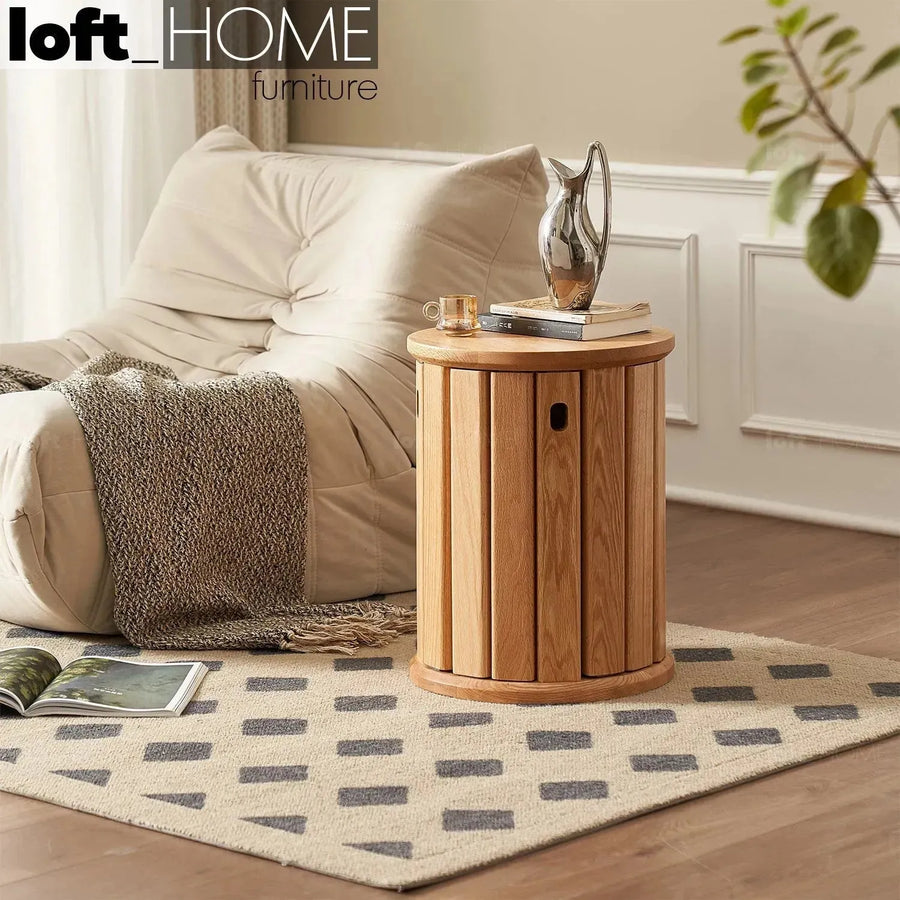
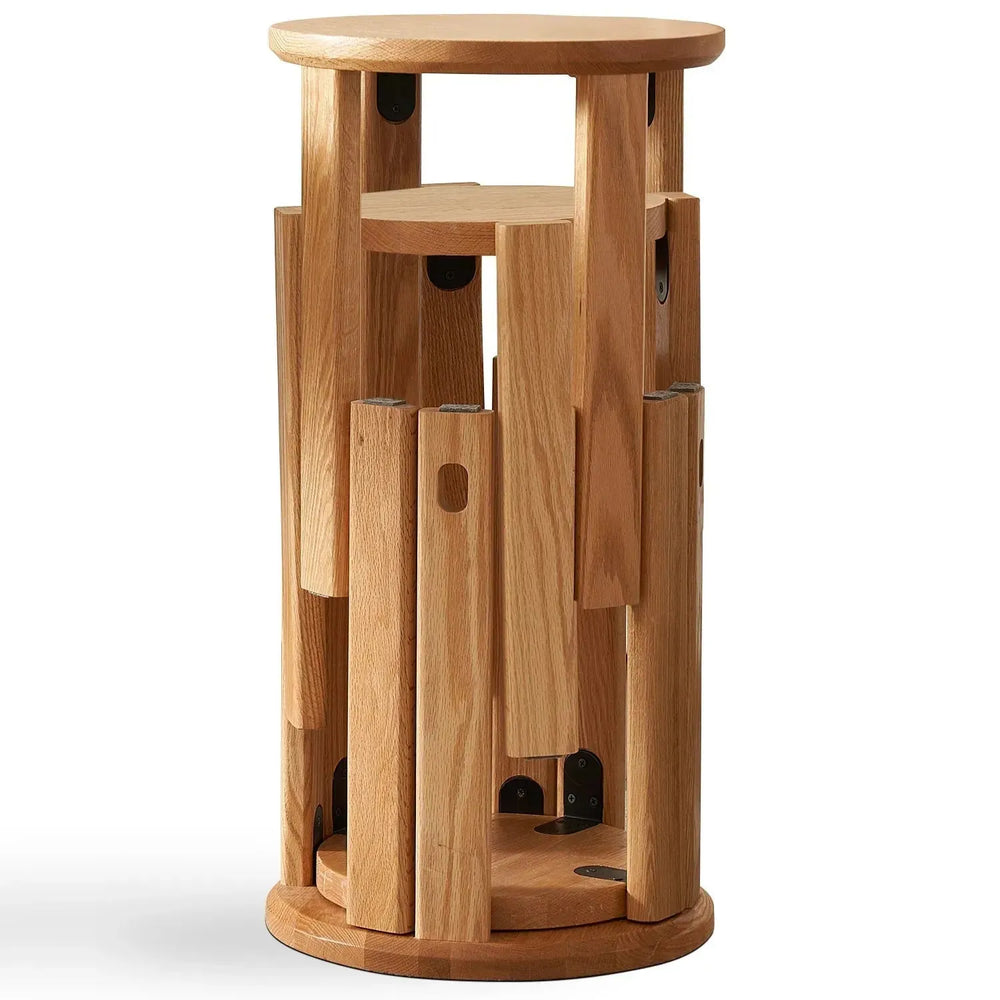


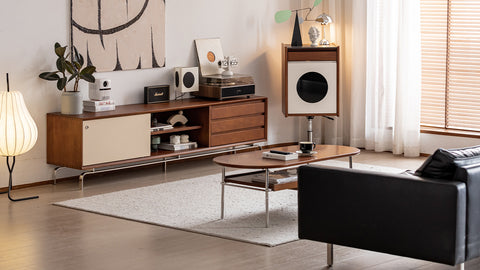

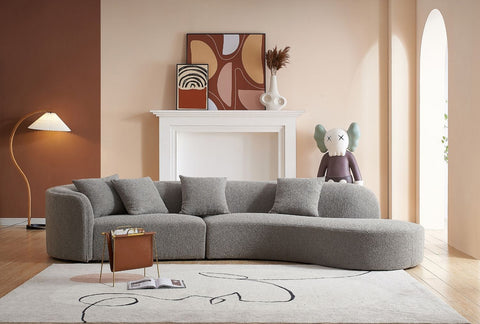
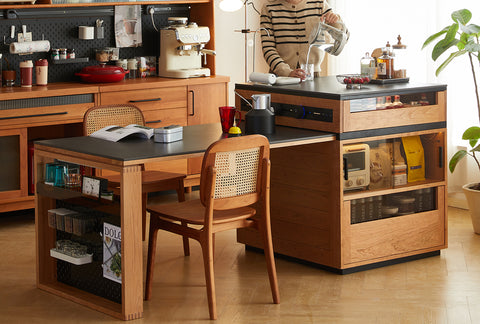
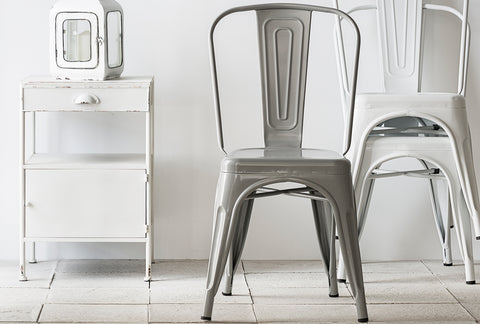
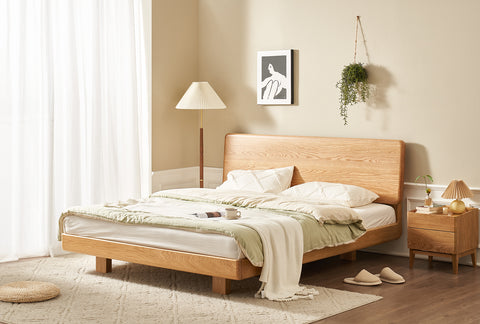





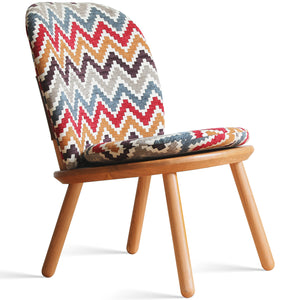
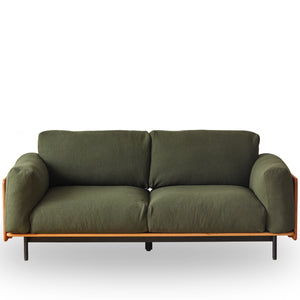
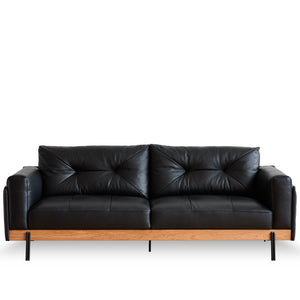
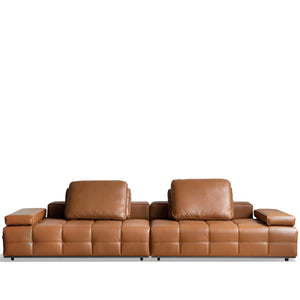
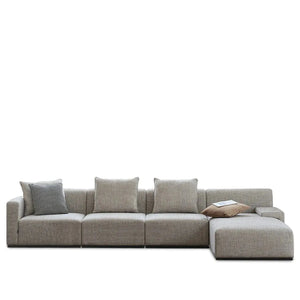
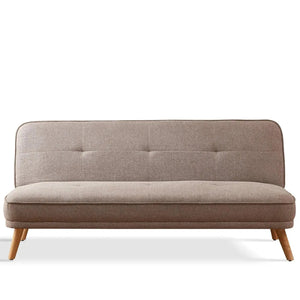
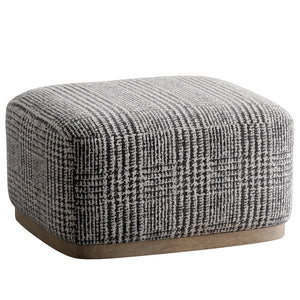

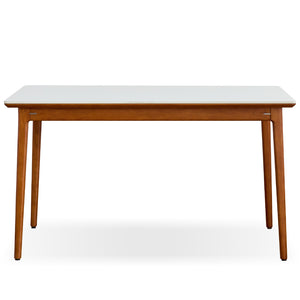
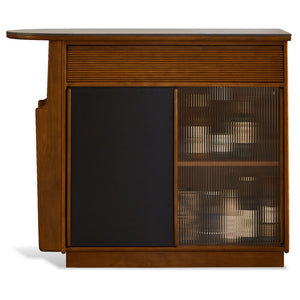
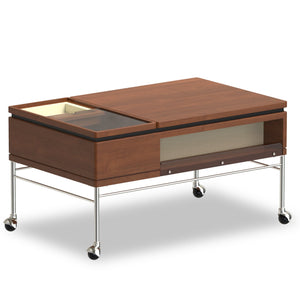
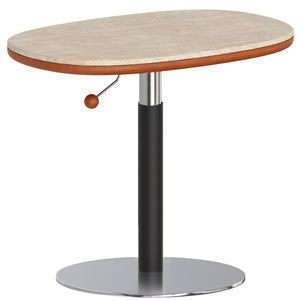
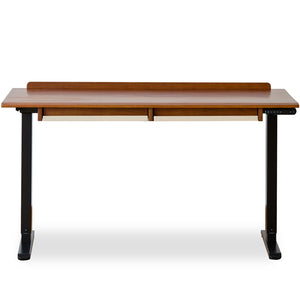
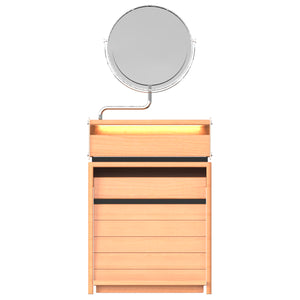

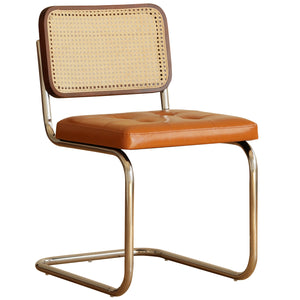
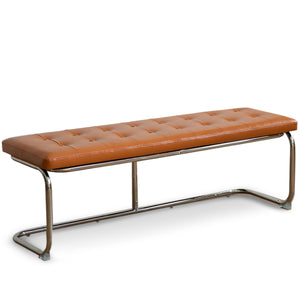
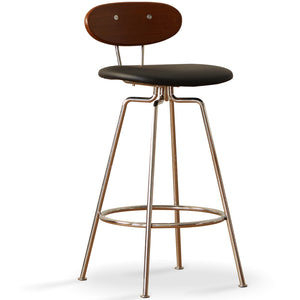
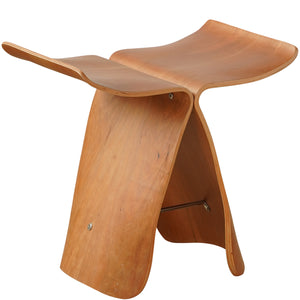
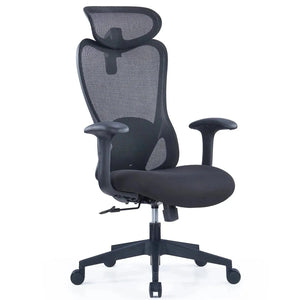

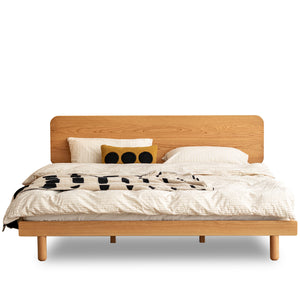
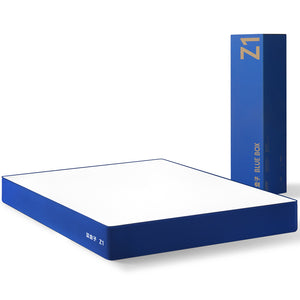

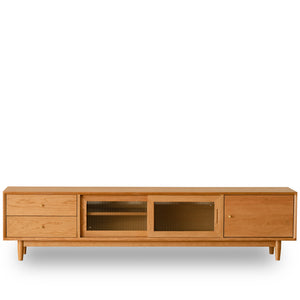
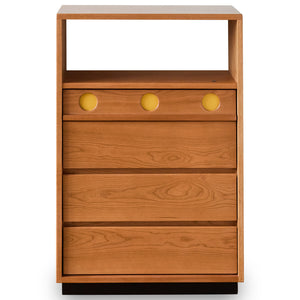
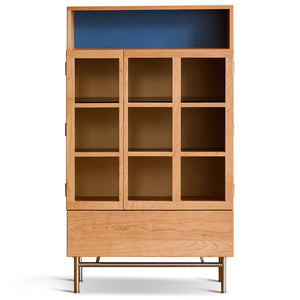
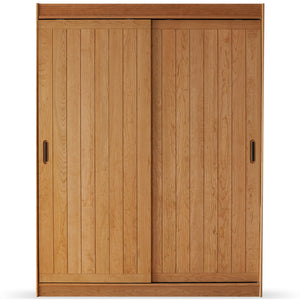
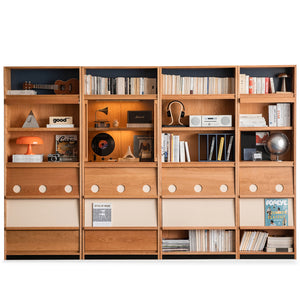
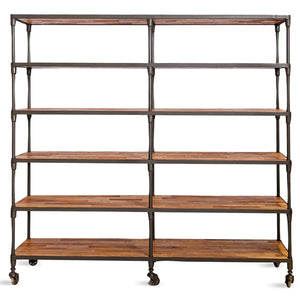
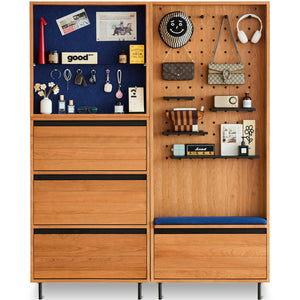
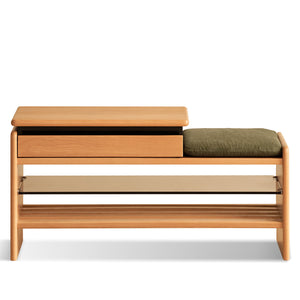
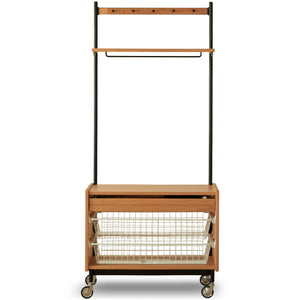






















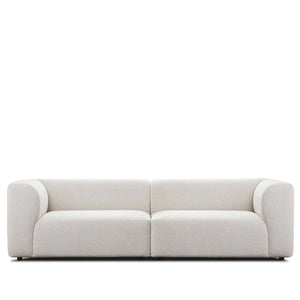




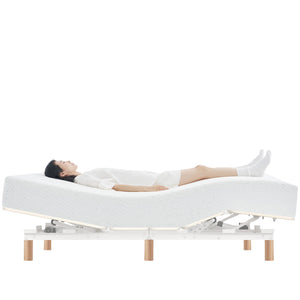

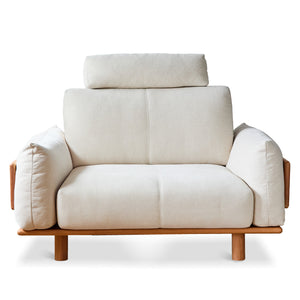
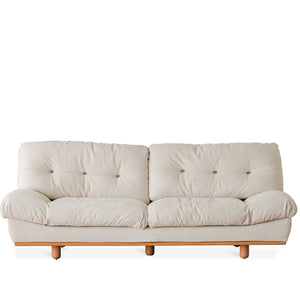
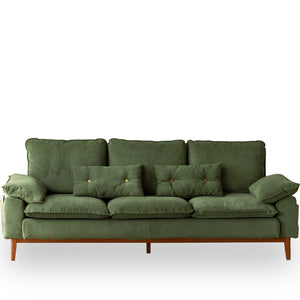
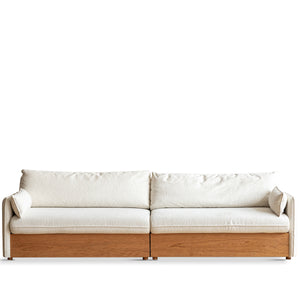
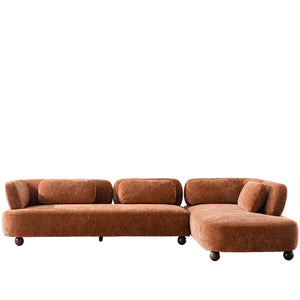
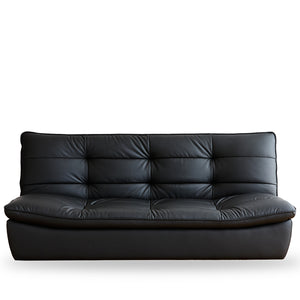
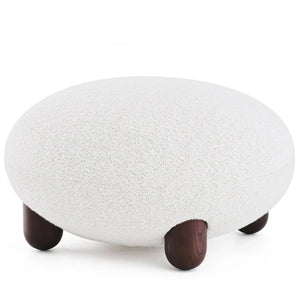

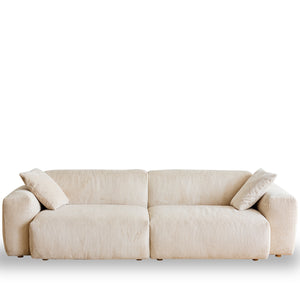
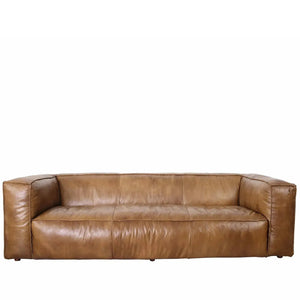
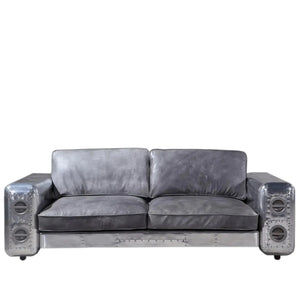
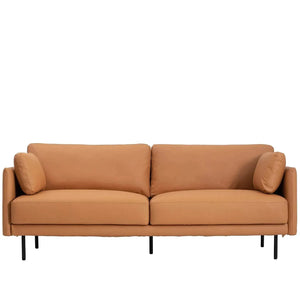
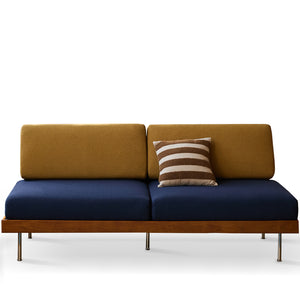
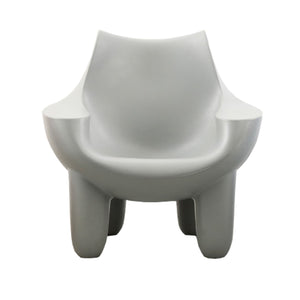

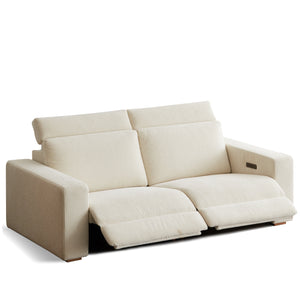

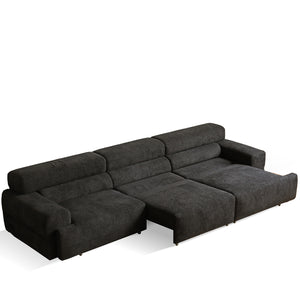
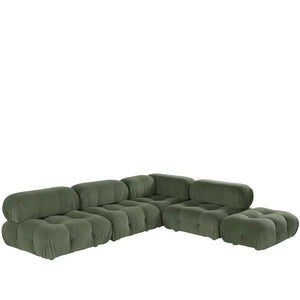
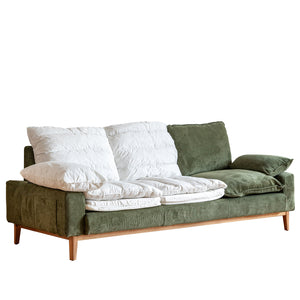
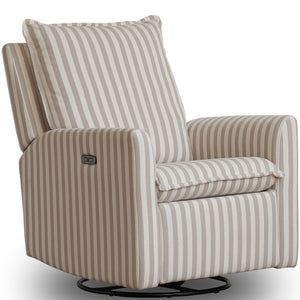

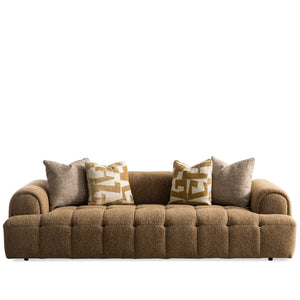
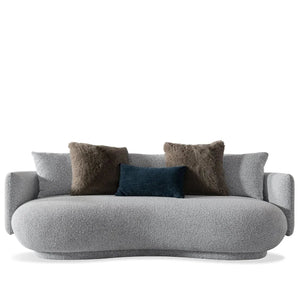
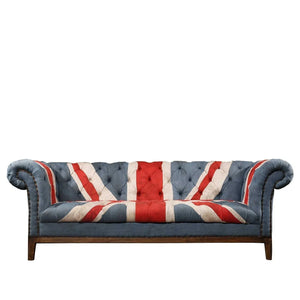
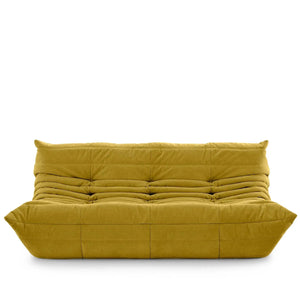
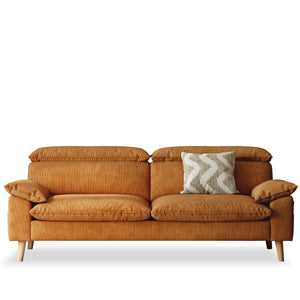

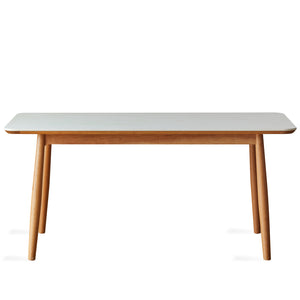
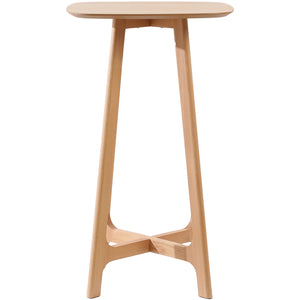
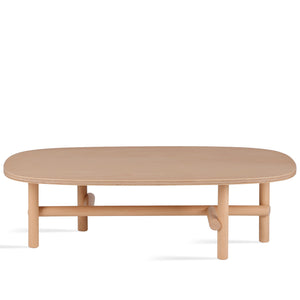
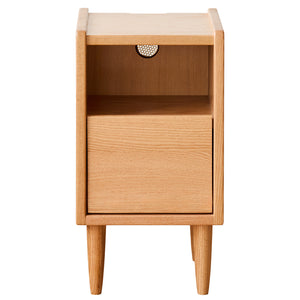
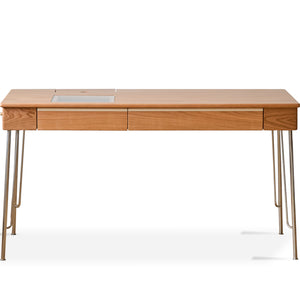
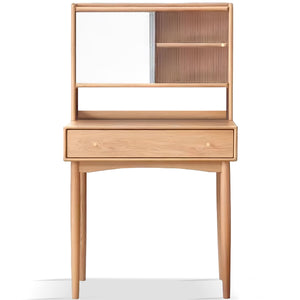

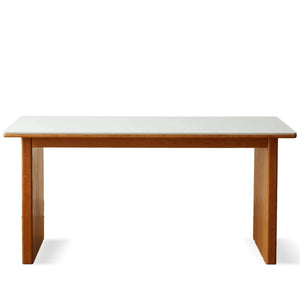
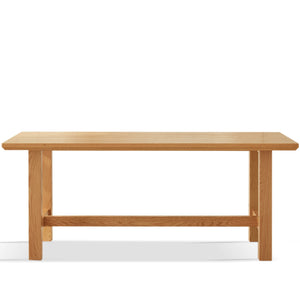
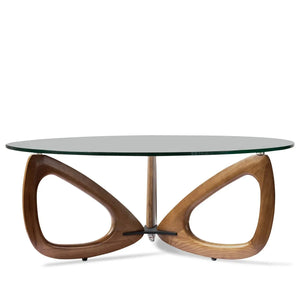
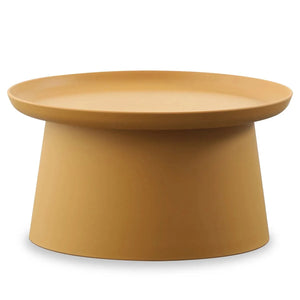
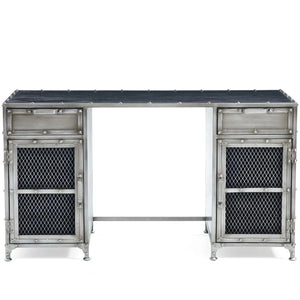
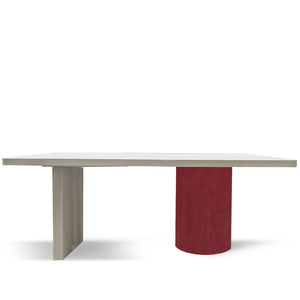

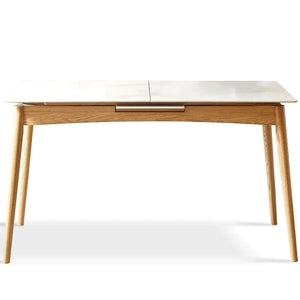
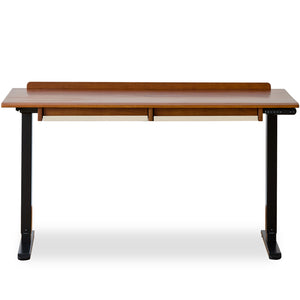
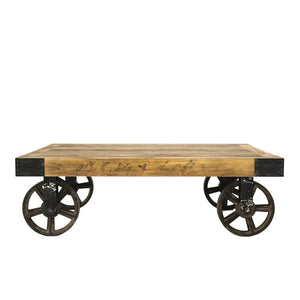
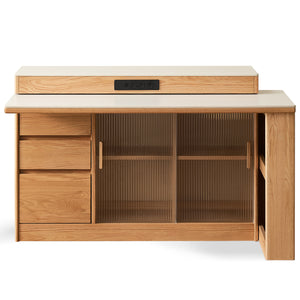
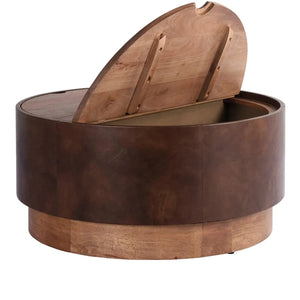
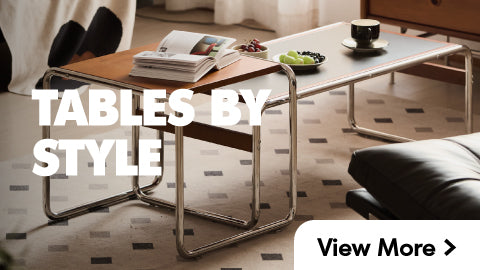
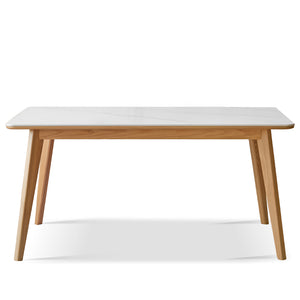
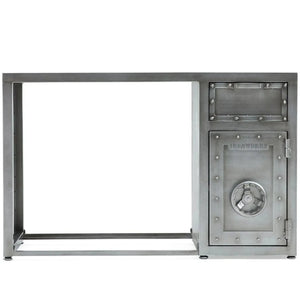
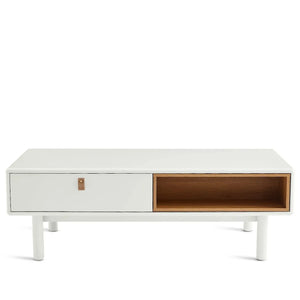



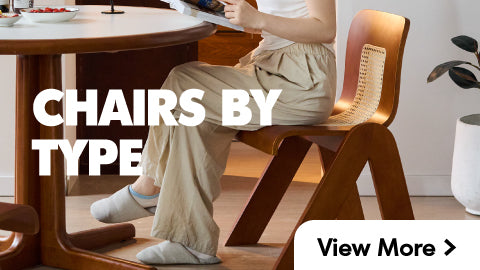
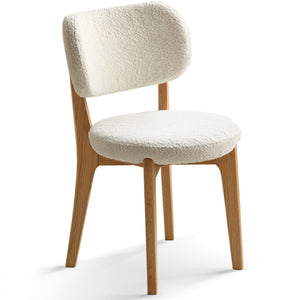
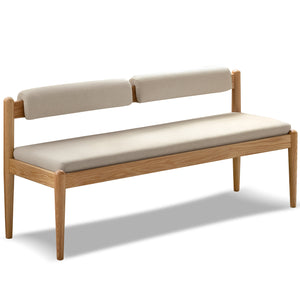
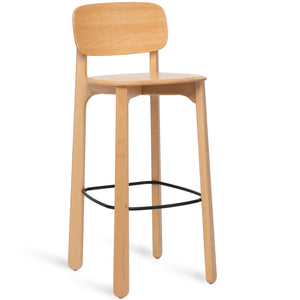
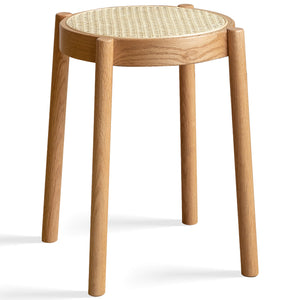
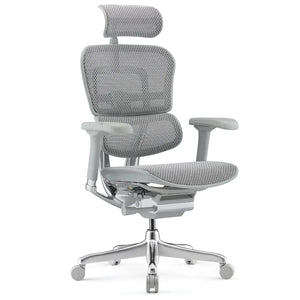

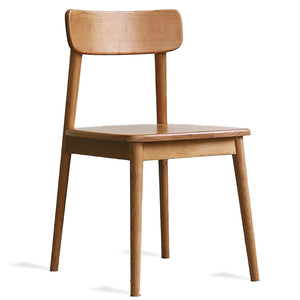
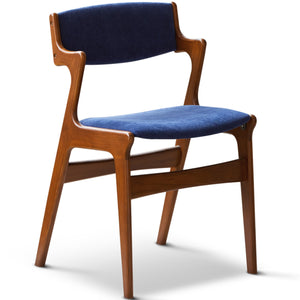
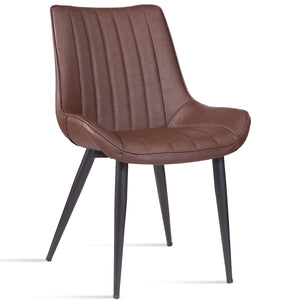
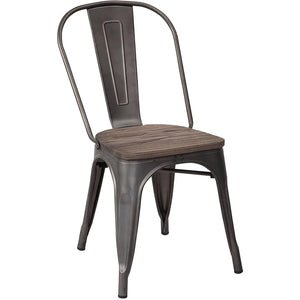
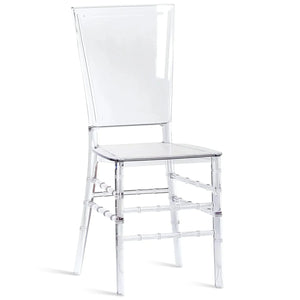
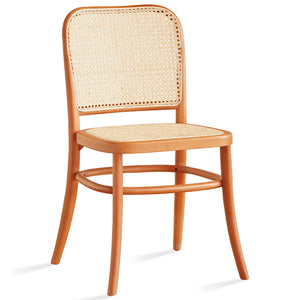

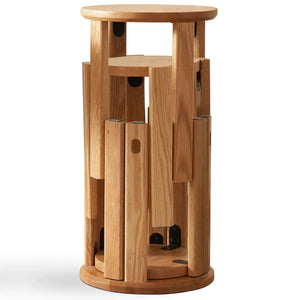
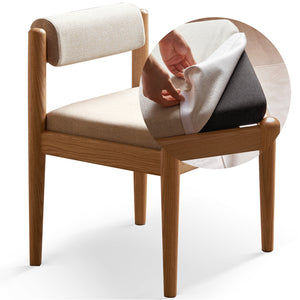
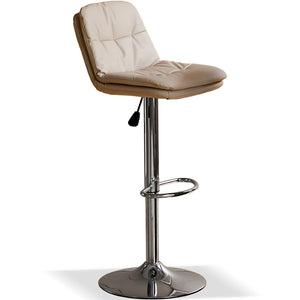
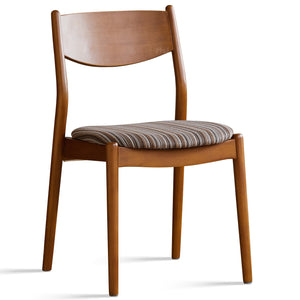
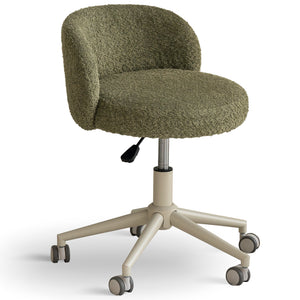
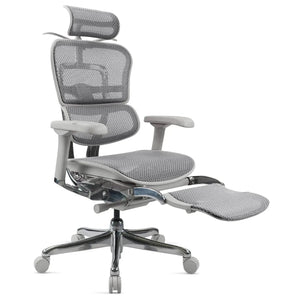

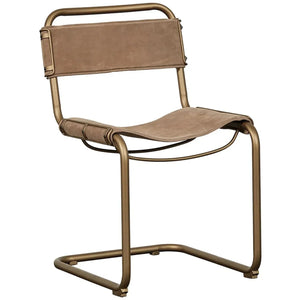
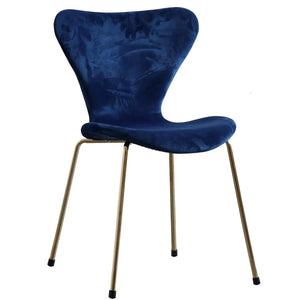
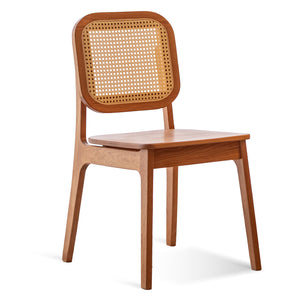
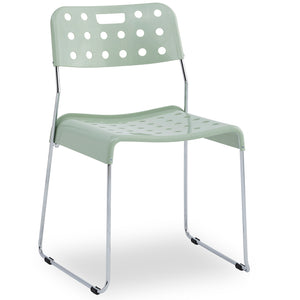
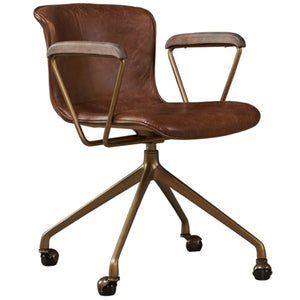


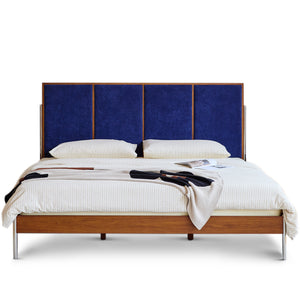

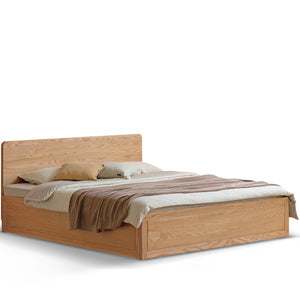
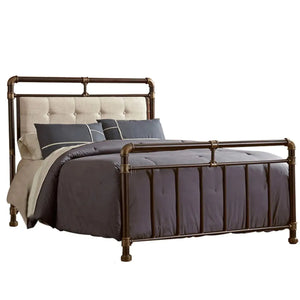
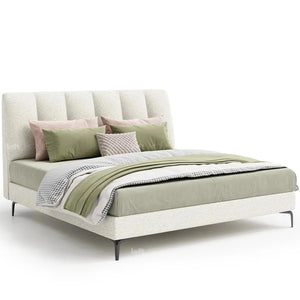
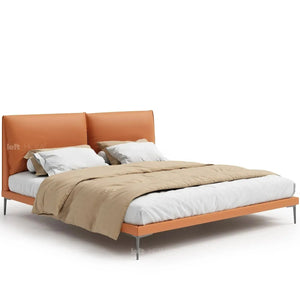
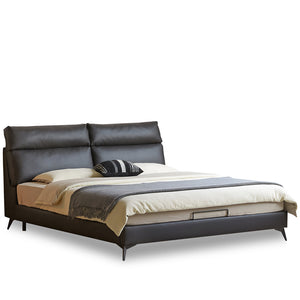
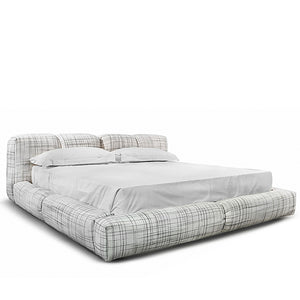

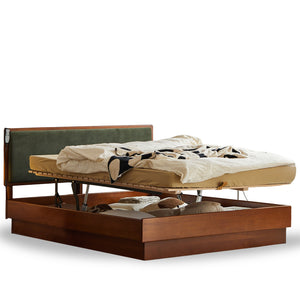
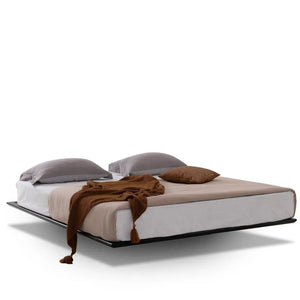
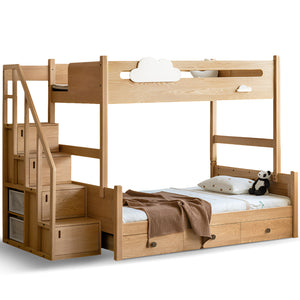
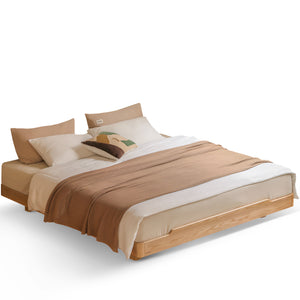
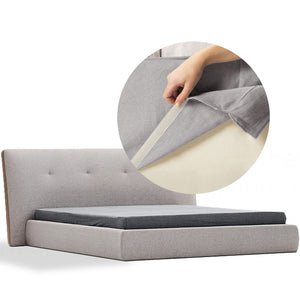
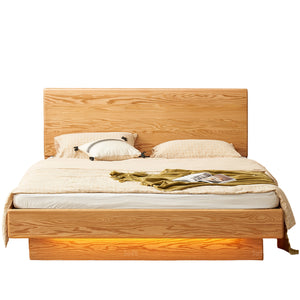

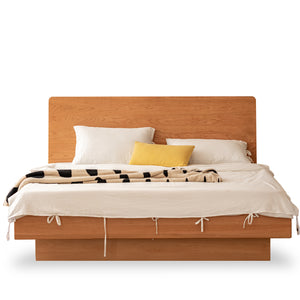
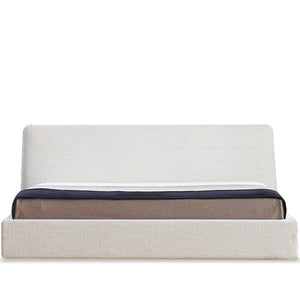
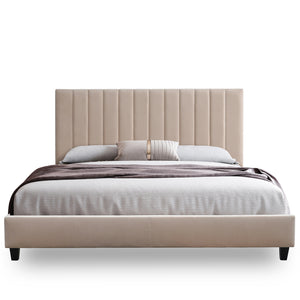
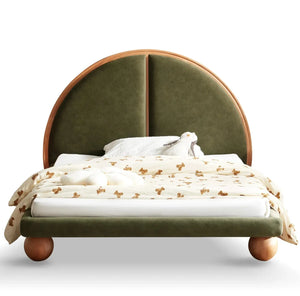
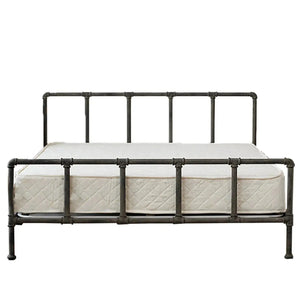

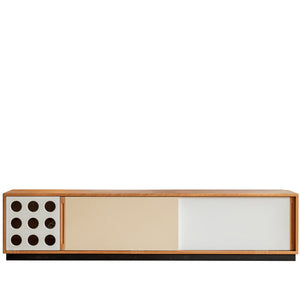
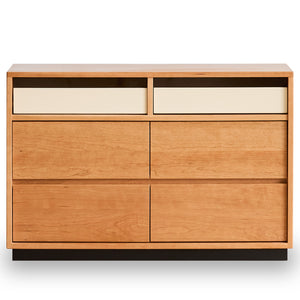
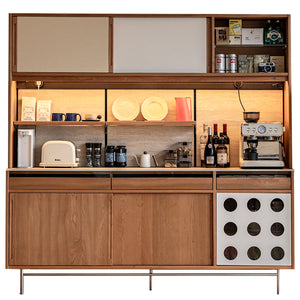
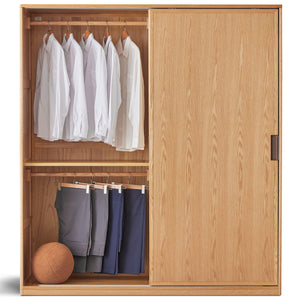

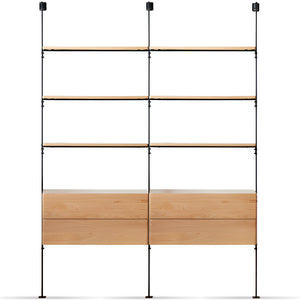
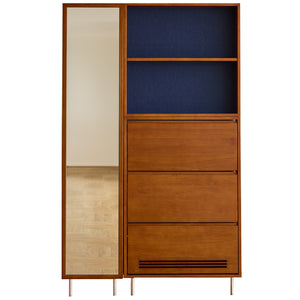

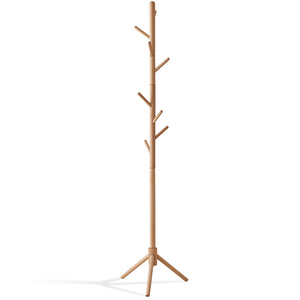

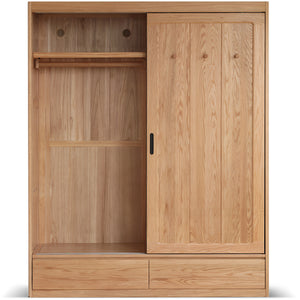
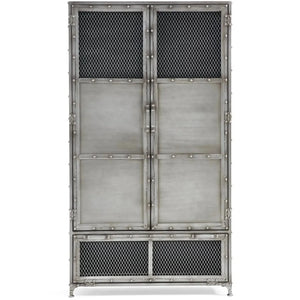
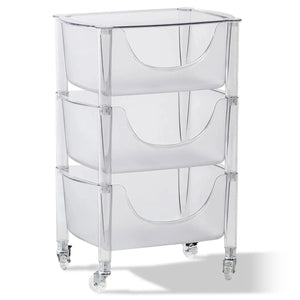
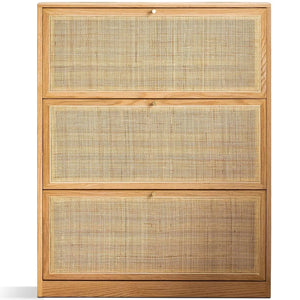
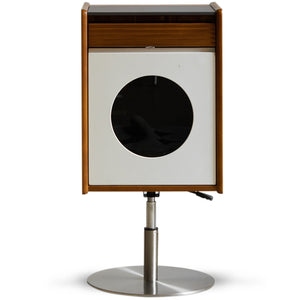
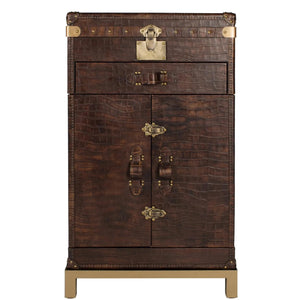

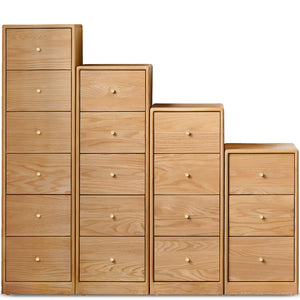
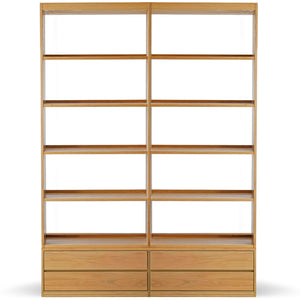
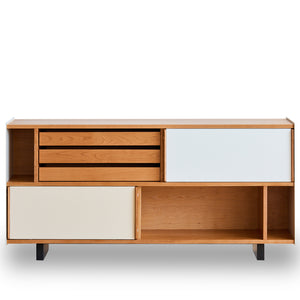
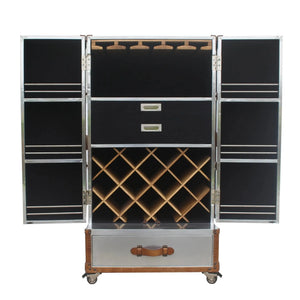

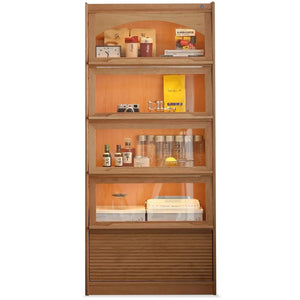

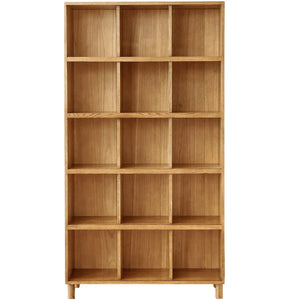
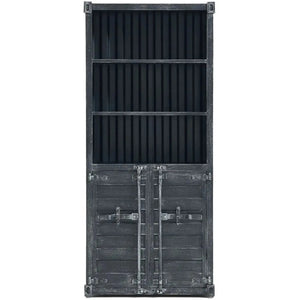
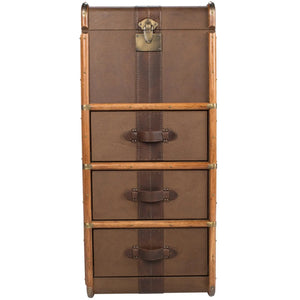
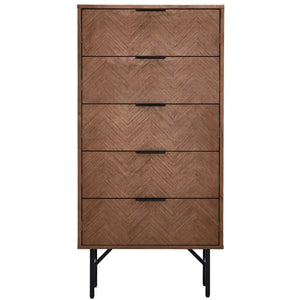




























































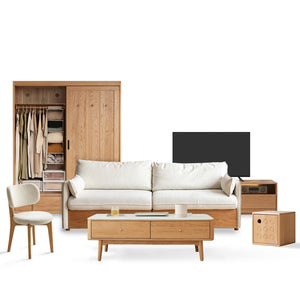
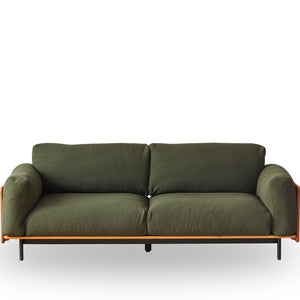
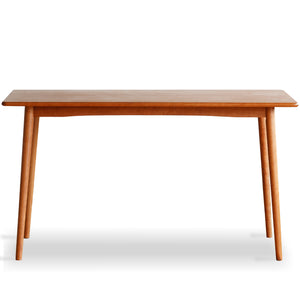
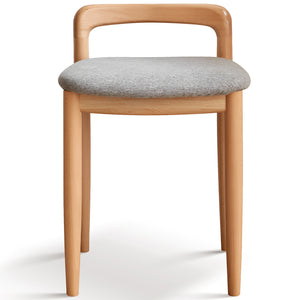
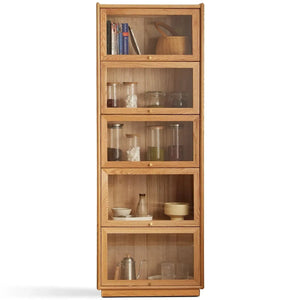



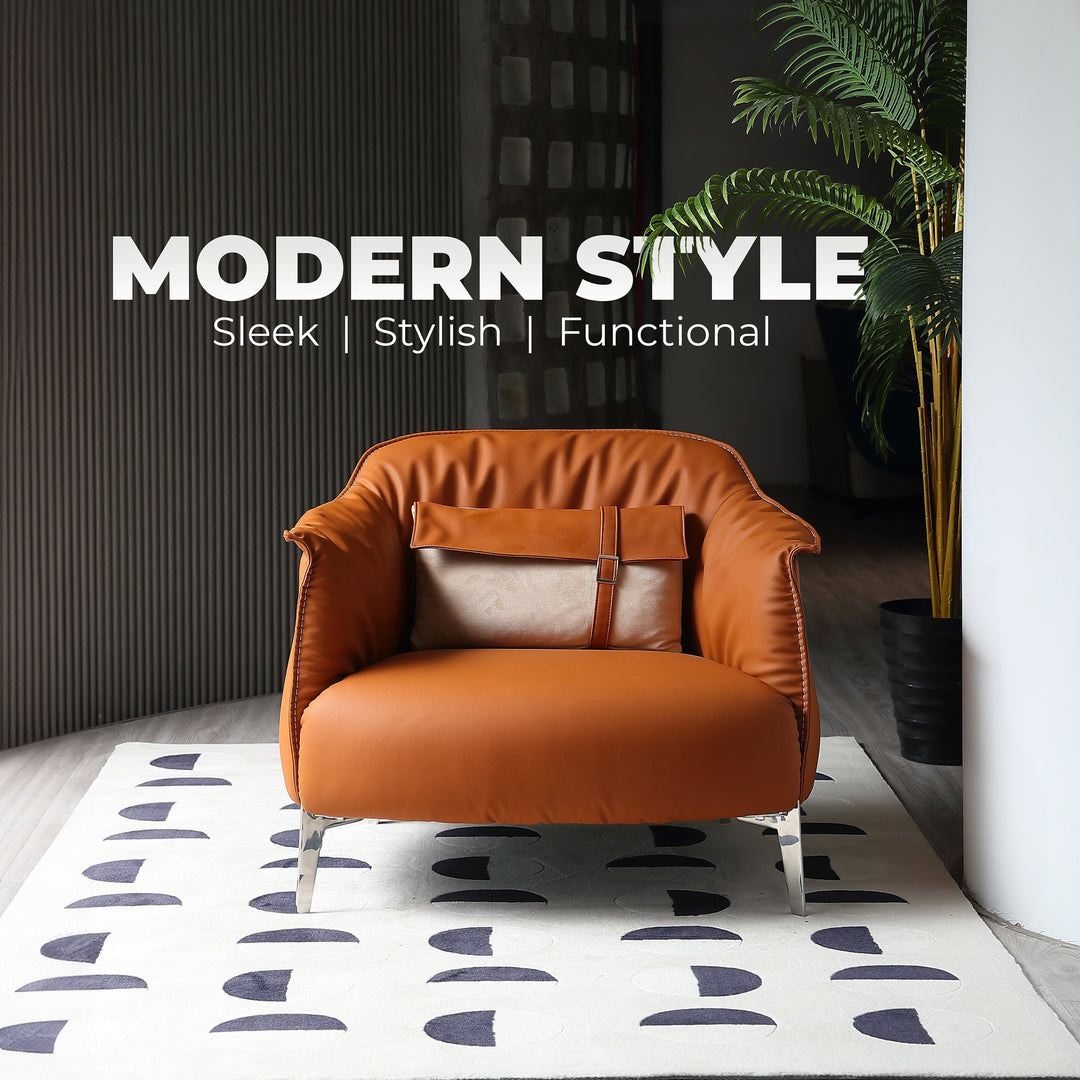
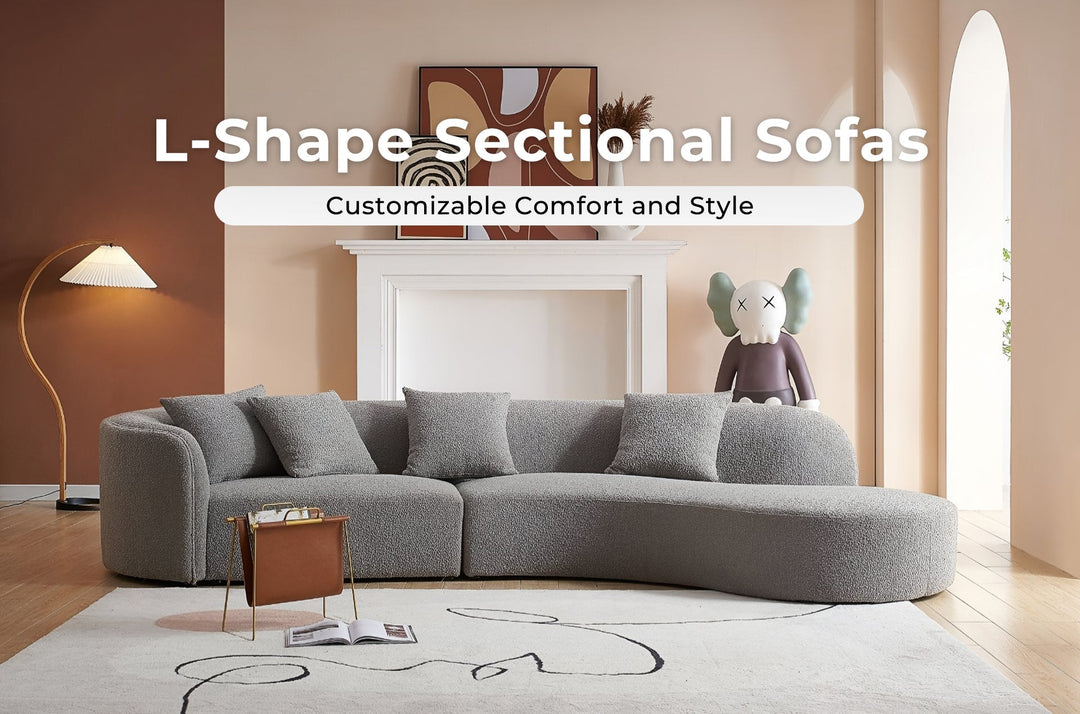





Leave a comment